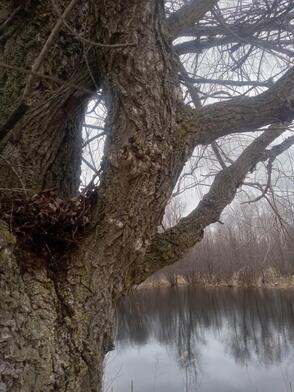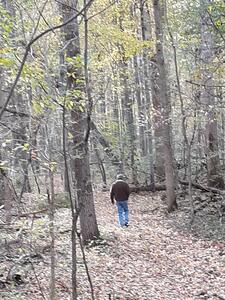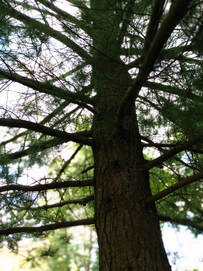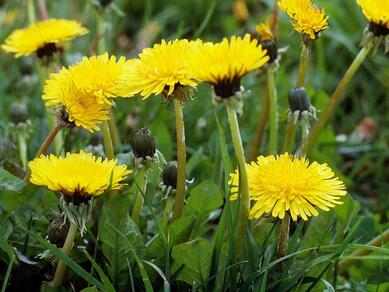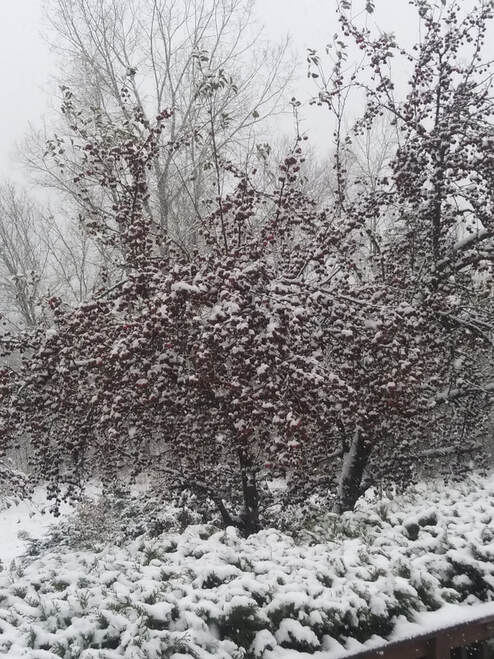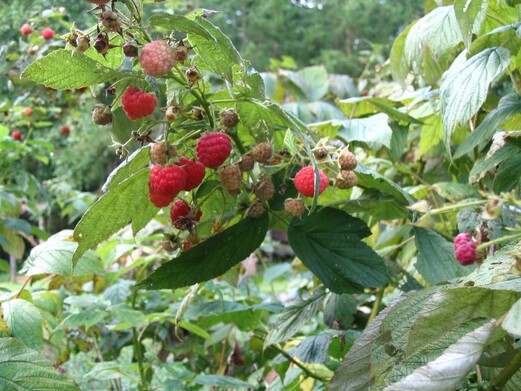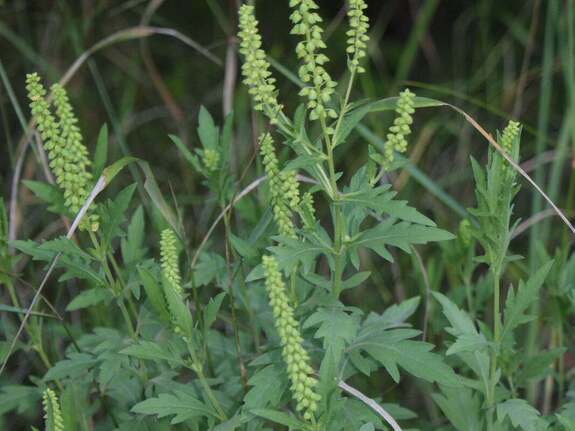|
It's wonderful to use the plants around you, not only for food but also for medicine. Did you know willow bark is a pain reliever and an anti-inflammatory? And so, willow bark is invaluable to your home apothecary! Willow contains salicin, which is a glucoside. Our bodies convert salicin to salictylic acid, which is the active ingredient in aspirin.
There are 4 ways you can use willow. If you are ever in a pinch, one way would be to simply chew on some fresh willow bark. Now, it is somewhat bitter, but you can handle it. Besides chewing on the bark you might prepare a decoction, a tincture, or an infused oil. Below are 3 recipes you might like to add to your apothecary. You may use dried or fresh willow. Harvesting The Willow - The best time to harvest the willow bark is in the spring time, so now is perfect! You can harvest and then dry to store for an entire year. You'll then have spring willow to use all year long. Remove twigs just when the buds are forming. Remove the buds and using a potato peeler, shave the bark off of the twigs and into smaller pieces. Place these pieces in a colander or mesh bag and allow to dry completely. Once completely dried place the bark pieces into a covered glass mason jar, in a cupboard. The bark will be usable for one year. Caution - Always do your research in regards to herbal medicines. Always consult with your health care provider in case there may be any contradictions with current medicines you may be taking. More to come...
White Pine Needle Tea
White Pine needle tea, although not very common with the general public pine needle tea has been used for centuries by Native Americans. There are several pine that are considered safe to use as tea, however, white pine is widly considered safe. Be absolute certain of the identy as there are poisions evergreens that should never be consumed (see list below). Pine needle tea contains an abundant amount of vitamin C, is a good source of vitamin A, and research shows is an immunity booster due to the high concentration of antioxidants. Thus, white pine tea has several health benifits! See Pine Needle Tea Research Lets Make Some White Pine Needle Tea First and for most be certain to identify the tree as White Pine. (The first rule in foraging is to always make a positive identification prior to harvesting!) White pine is identifiable by it's long soft needles that grow in clusters of 5 at the tip of it's branches.
1. Harvest a handful of young needles
2. Genly rinse in tempid water to remove any dust 3. Strip the brown papery sheath and chop the needles 4. Pour boiling water over needles, cover and seep for 10 minutes 5. Strain, sweeten as desired and enjoy www.ebay.com/itm/Fresh-Eastern-White-Pine-Needles-Immunity-Antioxidant-Boost-C-A-Suramin/234260315987 Below is a list of Poisonous Evergreens Australian Pine Common Yew Common Juniper Lodgepole / Shore Pine Montery Cypress Norfolk Pine Dandelion jelly, it's sort of reminisant of honey and deliciouse on toast! Sounts good doesnt it? During spring take advantage of these sunny yellow blossoms but please, be sure to use blossoms only from areas that have not been sprayed with toxic herbacids or pesticides. The recipe follows. Enjoy!
Ingredients: 4 Cups of dandelion petals packed loosley or 2 cups packed petals 4 Cups of sugar (organic cane sugar ) 2 Tbsp. lemon juice (or 2 tsp. citric acid) 1 box (1.75 0z.) Sure-Jell Fruit Pectin Boiling Water Instructions: 1. Harvest roughtly 8 cups of dandelion flower heads. Carefully remove just the yellow petals. You will then have about 4 cups of flower petals (not packed). 2. Make a dendelion petal tea by pouring 4 cups of boiling water over the cleaned flower petals. Allow to seep from 1 to 24 hours. 3. Strain the liquid from the petals. Press all liquid from the petals. You should than have 3 3/4 to 4 cups of tea. 4. Pour the dandelion tea into a havey bottomed saucepan. Add the lemon juice and pectin. DO NOT ADD THE SUGAR Bring this mixture to a boil. 5. Once the mixture is rapidly boiling, add the sugar, stir well to combine, allowing to return to a hard boil, and boil for 1 to 2 minutes. 6. Remove from heat 7 Pour the jelly into prpared jars, seal and allow the jelly to cool and set for at least 12 hours. 8. Store in the refridgerator If you like you can also seal in jars, using the hot water bath method. It's Autumn in Michigan, however, it's looking more like winter! It isn't uncommon to receive an early snow cover here in Michigan and so a tree such as this crab-apple tree is a wonderful addition to your back yard to aid in biodiversity and a food source (both fruit and insects), for our feathered friends. It is a common site to see several partridge perched on this very same tree year after year. When planting trees in and around your yard or in your woodlot it is very important to plant native species. Native species are specific in what they offer our native insects and wildlife.
|
Authors
David and Valerie Zimmer, owners of Greater Michigan Timber Management, a forest, timber and woodlot management company in northern lower Michigan. Archives
May 2022
Categories
All
For all your timber and woodlot management needs, contact us, at Greater Michigan Timber Management! (989) 473-3791 (989) 390-0705 |

